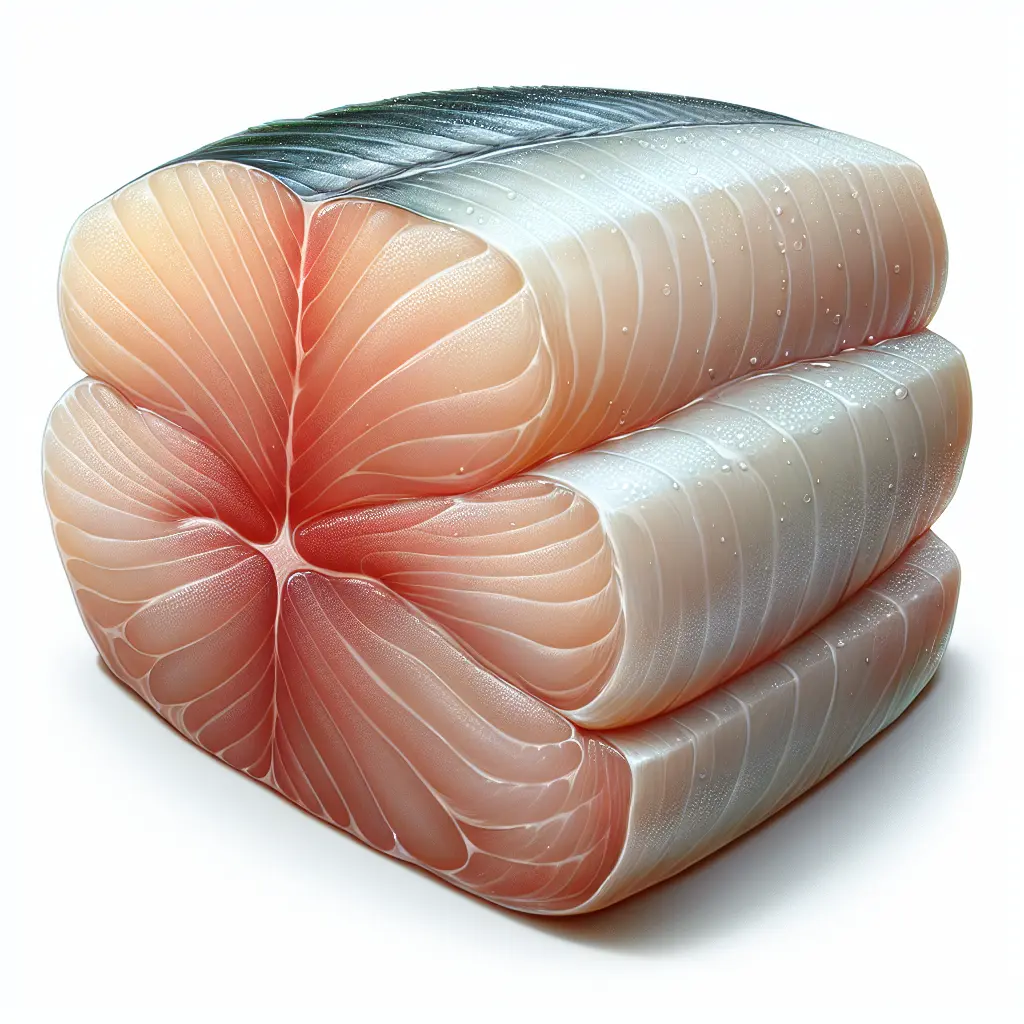Mahi: A Culinary and Nutritional Delight
Mahi, scientifically known as Coryphaena hippurus, is a highly prized fish renowned for its mild, subtly sweet flavor and firm, yet tender texture. Its popularity extends beyond its gustatory appeal, as mahi boasts an impressive nutritional profile that contributes to its status as a health-conscious culinary choice.
Nutritional Profile of Mahi
- Calories: Low in calories, a 1-fillet serving of mahi provides approximately 173 calories, making it an excellent choice for weight management or maintaining a healthy weight.
- Protein: Mahi is an excellent source of protein, with a 1-fillet serving providing an impressive 38 grams. Protein is essential for building and repairing tissues, producing enzymes, and supporting a healthy immune system.
- Fat: Mahi is lean, with only 1.4 grams of fat per 1-fillet serving. The fat content is primarily composed of heart-healthy omega-3 fatty acids, which have been linked to reduced risk of heart disease, improved brain function, and anti-inflammatory properties.
- Carbohydrates: Mahi contains negligible amounts of carbohydrates, with a 1-fillet serving providing close to zero grams. This makes it an ideal choice for individuals following low-carb or ketogenic diets.
- Fiber: Mahi does not contain any dietary fiber.
- Sugar: Mahi is naturally low in sugar, with a 1-fillet serving containing no added sugars.
Health Benefits of Mahi
Incorporating mahi into your diet offers numerous health benefits, including:
- Heart Health: The omega-3 fatty acids in mahi contribute to heart health by lowering blood pressure, reducing triglycerides, and improving blood vessel function.
- Brain Health: Omega-3 fatty acids are crucial for cognitive function, and consuming mahi can help improve memory, learning, and overall brain health.
- Immune System Support: Mahi is a good source of protein, which is essential for a healthy immune system. Protein helps produce antibodies and other immune cells that protect the body from infections.
- Weight Management: The low-calorie, high-protein content of mahi makes it an excellent choice for weight loss or weight maintenance.
Culinary Applications of Mahi
Mahi's versatility extends to its culinary applications. Its mild flavor and firm texture make it suitable for various cooking methods, including:
- Grilling: Grilling mahi fillets over medium heat imparts a smoky flavor and caramelizes the exterior, creating a delectable crust.
- Baking: Baking mahi fillets in the oven allows for even cooking and retains moisture, resulting in a tender and flaky texture.
- Pan-frying: Pan-frying mahi fillets in a non-stick skillet with a drizzle of olive oil creates a crispy exterior and a juicy interior.
- Steaming: Steaming mahi fillets preserves their delicate flavor and nutrients, making it a healthy and flavorful cooking method.
Mahi pairs well with various seasonings, marinades, and sauces. Its mild flavor allows it to complement bold flavors without overpowering them.
Conclusion
Mahi is a nutritious and versatile fish that offers a delectable culinary experience. Its low-calorie content, high protein quotient, and abundance of essential nutrients make it a healthy and satisfying choice for any meal. Whether grilled, baked, pan-fried, or steamed, mahi's versatility ensures culinary enjoyment while providing numerous health benefits.
How many calories are in Mahi?
Each 1 fillet of Mahi contains 173 calories.
Mahi Nutritional Information
| Nutrient | Amount per 1 fillet (159g) |
|---|---|
| Calories | 173 Calories |
| Protein | 38g |
| Fat | 1.4g |
| Saturated Fat | 0.4g |
| Cholesterol | 0.149mg |
| Carbohydrates | 0g |
| Dietary Fiber | 0g |
| Sugar | g |
| Sodium | 0.18mg |
| Potassium | 0.8475mg |
| Calcium | 0.03mg |
| Iron | 0.0023mg |
